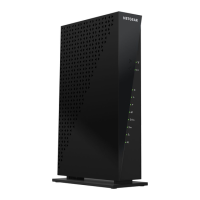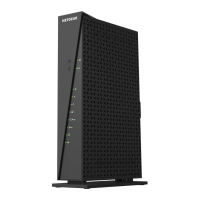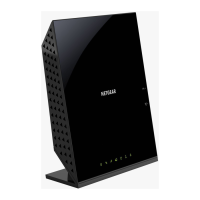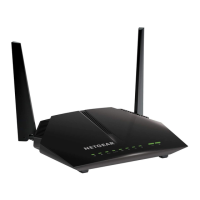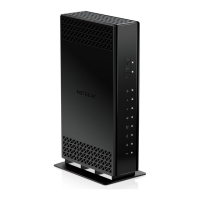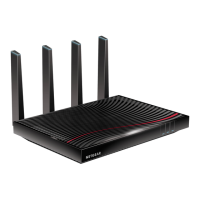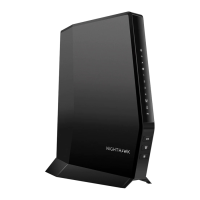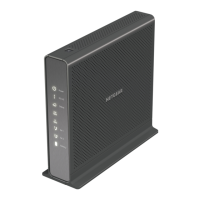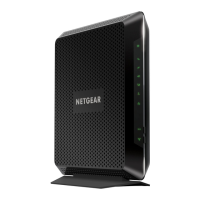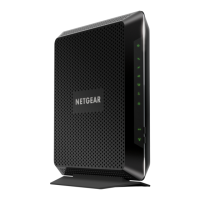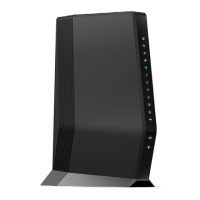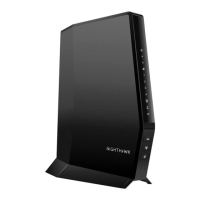Why all LEDs are off on my NETGEAR C6300 Network Router when plugged in?
- KKatrina HigginsSep 1, 2025
If all LEDs are off on your NETGEAR Network Router when plugged in: * Make sure that the power cord is properly connected to your modem router and that the power supply adapter is properly connected to a functioning power outlet. * Check that you are using the 12 VDC power adapter from NETGEAR for this product. * If the error persists, you have a hardware problem. Contact technical support.
